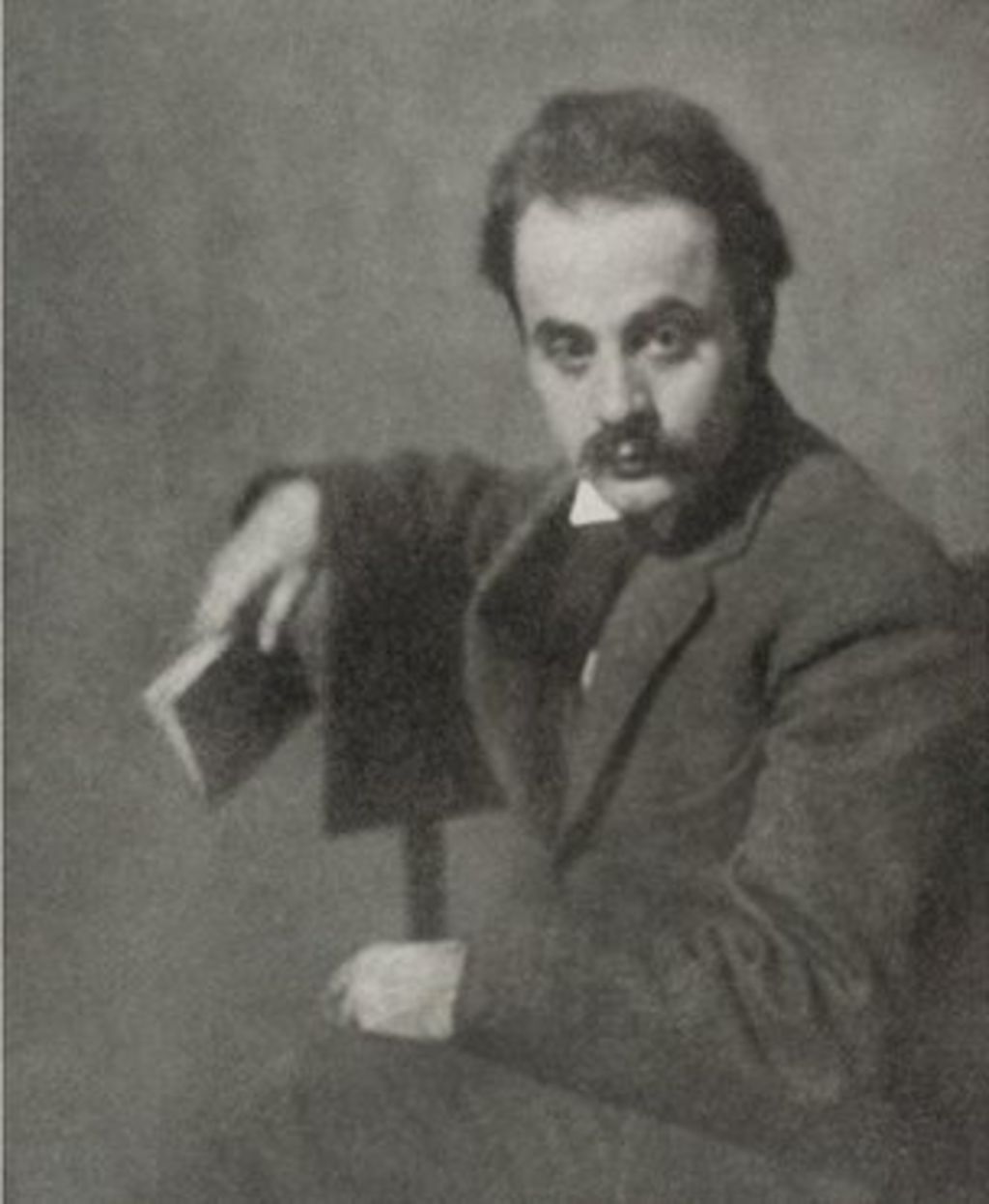Kahlil Gibran, a Lebanese migrant in the United States, was considered a rebel in the world of Arabic literature. Gibran was born in 1883 in a Lebanese town by the name of Bsharri during a large migration wave (Gibran 7). Back in that time, many Lebanese people came to the United States in search of a better life, to which Kahlil’s family was no exception. In 1895, Gibran, alongside his brother, two sisters, and mother, migrated to Boston, where the boy continued his education in a completely new setting (Gibran 7). Ferris notes that Gibran was not particularly sociable as a child; instead, he preferred to spend his time reading or painting (Gibran 8). His preoccupation with art and literature largely determined the future course of his life.
The cultural uniqueness of his background allows for a peculiar blend of Western and Eastern thought. According to Ferris, most Arabic writers of that time were confined by the religious influence of Islam (Gibran 10). He was brought up in a Christian household within a country with a large Muslim population and a strong Arabic tradition. According to Anthony Ferris, “in the present climate of interest in Arabic writings, no author of the East offers greater rewards than Kahlil Gibran, for he stands alone on the summit of all that is fine in Oriental literature” (Gibran 11). Having harnessed both the essence of Western life experience and the freedom of thought typical to Eastern authors, Gibran carved his unique mark in then-present poetry. The specified person affects me on a profound level, serving as an example of how a multicultural background can be used to become a prolific author. Moreover, his creativity represents a crucial point of inspiration for me.
Although being a third most selling poet of all time, topped only by Shakespeare and Lao-Tzu, Gibran started as a painter and artist. His multiple mentors and friends predicted Kahlil’s success early on. For instance, Henri de Boufort once called Gibran a William Blake of the 20th century (Gibran 8). This comparison is not accidental, as Gibran had attested to William Blake being one among many authors who had an immense influence on him. The diversity of Gibran’s educational background is reflected through the marriage of English and Arabic literary traditions in his works. Gibran’s artistic legacy still attracts readers worldwide with its romanticism, notes of sadness, and unique blend of different philosophical influences. His and others works of other literary enthusiasts introduced Arabic literature to western audiences, showing them the other world of thought resting on numerous book pages.
One of his most profound works, A Self Portrait, features 49 letters written by Gibran to his friends, relatives, and influential figures of the then-present Lebanese literary world, such as Ameen Guraieb, May Ziadeh, and others. Spanning from 1904 to 1930, the letters paint a picture of Kahlil’s poetic journey in his prime years, or, as he referred to it, a self-portrait. The letters were written during his time in Boston, New York, and Paris. His sister, brother, and mother died early in his career, never having a chance to witness the success Kahlil was destined to reach. His texts often emanate sorrow, reflecting the misfortunes and suffering the author went through in his early years. Gibran’s works, although sad and melancholic, contain a captivating sort of literary beauty. His letters reflect the unconventional approach influenced by his rich cultural background, taking only the best from Western and Eastern poetic traditions. Personally, I believe that this book is a profound work of art that provides a wonderful insight into the life and mind of Kahlil Gibran.

Work Cited
Gibran, Kahlil. A Self Portrait. The Citadel Press, 1959.
Amirani, Shoku and Stephanie Hegarty. Kahlil Gibran’s The Prophet: Why is it so loved?BBC News.